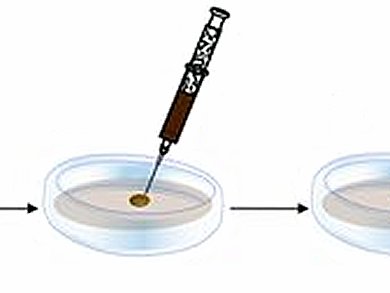A wide range of functional materials such as environmentally friendly materials for antibacterial medical applications and efficient solar harvesting devices may be obtained from free-standing, three-dimensional ordered porous graphene structures.
Xiaodong Chen, Nanyang Technological University, Singapore, and colleagues introduce a low-cost facile strategy to create free-standing hierarchical porous structures composed of graphene sheets. The process is simple, solution processable, environment friendly, and avoids the risk of inhaling nanoparticles. A graphene oxide (GO) and dimethyldioctadecylammonium (DODA) complex chloroform solution is directly casted onto a water surface. The chloroform vaporizes completely and the GO/DODA honeycomb films floating on the water surface are transferred to a substrate such as an Indium tin oxide (ITO) glass or used as free-standing films.
The resultant films are conductive and exhibit robust chemical stability in addition to superior antibacterial properties and improved photoresponse when combined with titanium dioxide nanoparticles. They can be transferred onto any substrates of interest.
Such composite porous films combining remarkably good electrochemical performance of graphene, a large electrode/electrolyte contact area, and excellent stability during the photo-conversion process hold promise for further applications in water treatment and solar energy conversion.
- Functional Free-Standing Graphene Honeycomb Films,
Shengyan Yin, Yulia Goldovsky, Moshe Herzberg, Lei Liu, Hang Sun, Yanyan Zhang,Fanben Meng, Xuebo Cao, Darren D. Sun, Hongyu Chen, Ariel Kushmaro, Xiaodong Chen,
Adv. Funct. Mater. 2013.
DOI: 10.1002/adfm.201203491




